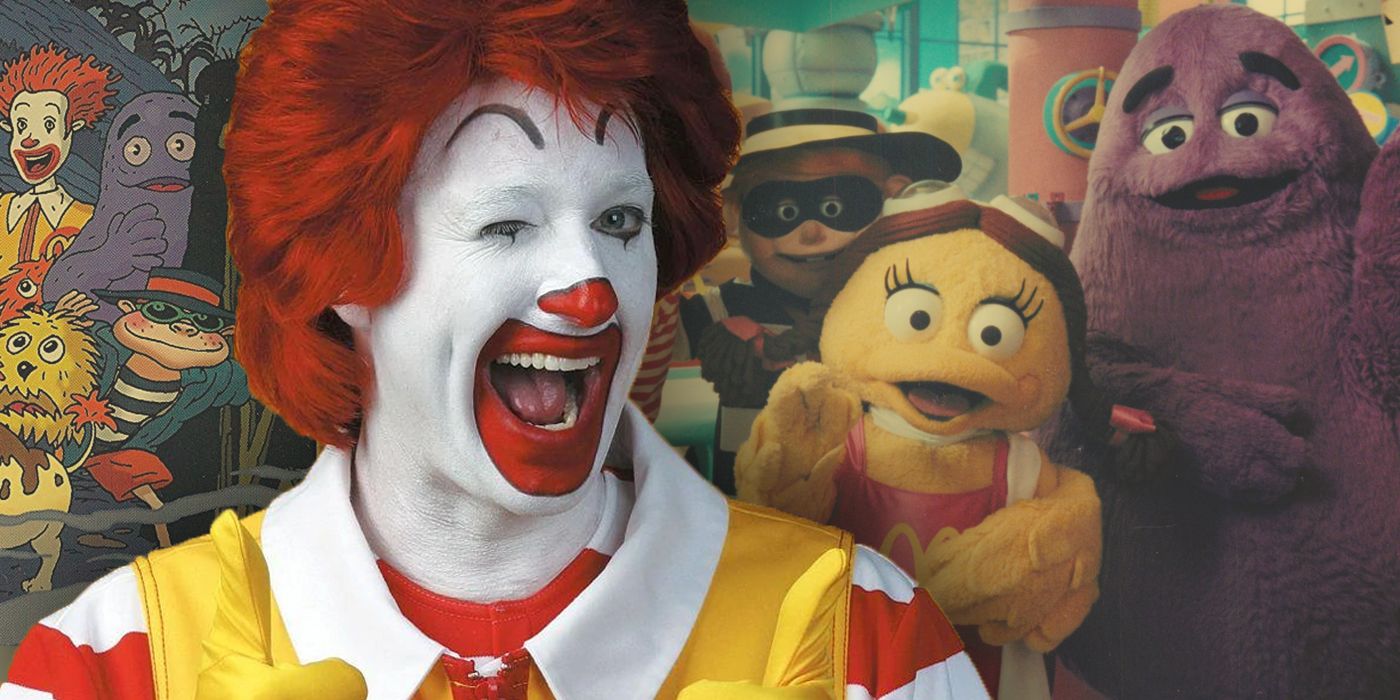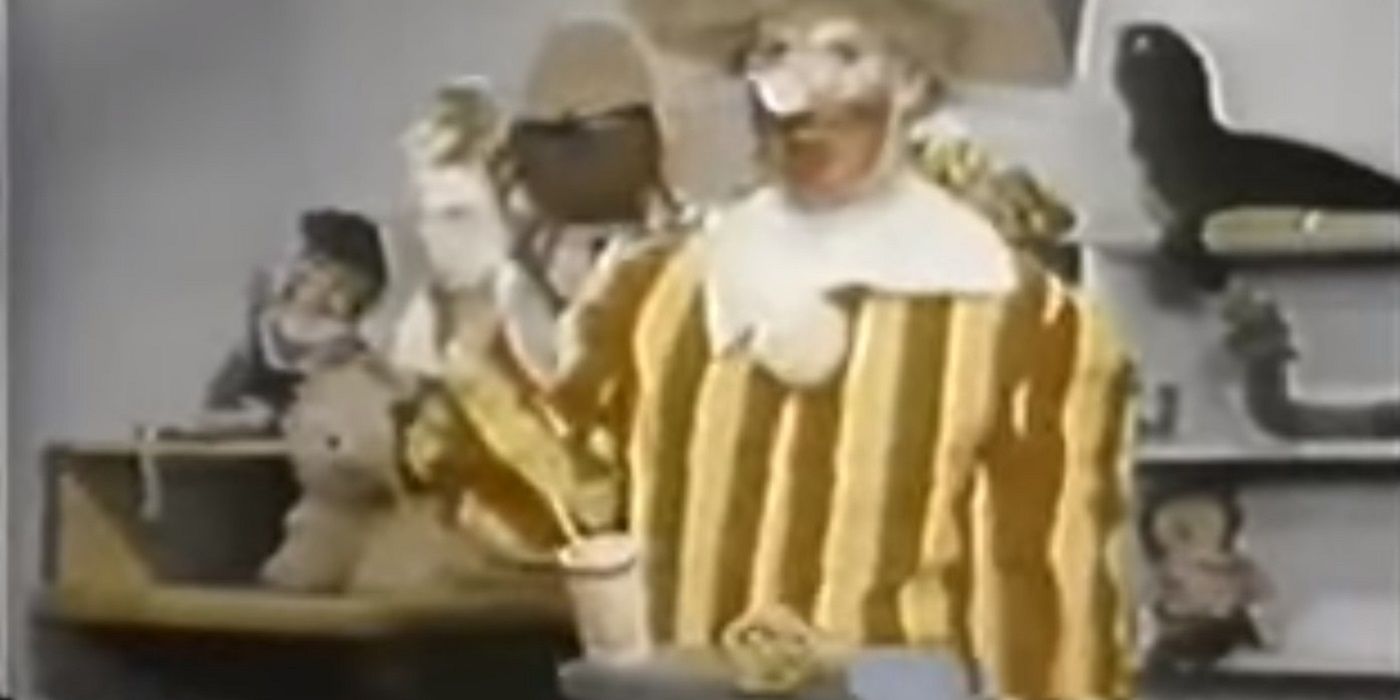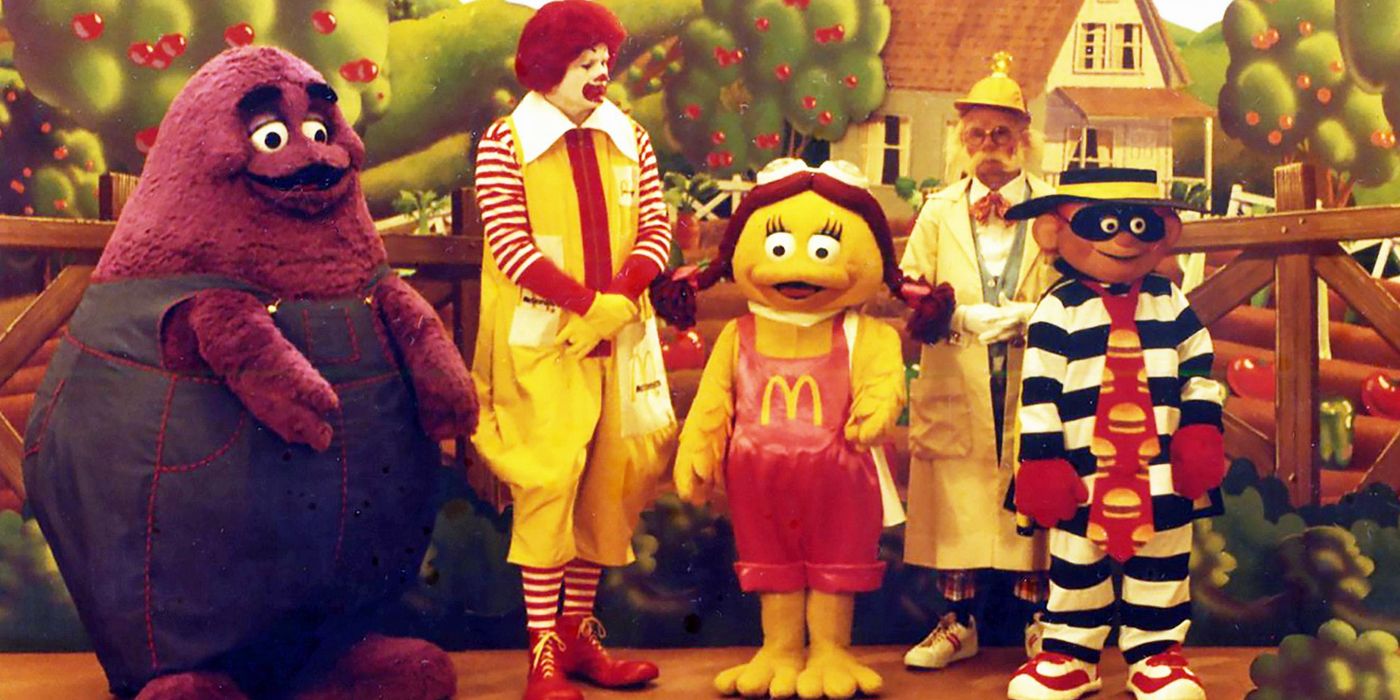Summary
- Ronald McDonald, once a beloved fast food mascot, has all but disappeared from McDonald's marketing.
- The decline of Ronald McDonald is linked to the negative perception of clowns in the 21st Century and the growing awareness of fast food's impact on obesity.
- Pressure from public-interest groups and the controversy over targeting children in advertising led to Ronald McDonald's retirement from the spotlight, although he still makes appearances for charitable events.
Despite the fast-food giant's global domination, fast food mascot Ronald McDonald has all but disappeared. In fact, the iconic clown's absence from marketing was so glaring that McDonald's chief competitor, Burger King, even dunked on it with a short-lived advertising campaign called #LonelyNoMore. So, where has Ronald McDonald gone, and will he ever return?
Ronald was once one of the world's most recognizable corporate mascots. He and his fellow McDonald's characters like Grimace and the Hamburglar appeared in a series of television and print ads. In recent years, however, they have mostly faded from view. While Burger King has only further embraced its (also-creepy) mascot — a masked king character — in recent years, and Jack-in-the-Box's clown mascot actively parodies the concept, Ronald McDonald lives on primarily in faded memories of kids' and adults' Happy Meals. A lot happened to Ronald McDonald and, for now, he's stopped being the face of the world's biggest fast-food chain.
Updated January 26, 2024 by Robert Vaux: One's feelings about Ronald McDonald, or clowns in general, is probably generational. In the 21st Century, clowns are generally seen as creeps. In the mid-to-late 20th Century, they were incredibly popular figures for children. However, in everything from horror movies to Krusty the Klown on The Simpsons, the performers in facepaint rarely work outside circuses, rodeos, or rural fairs. Yet, there's a more serious reason McDonald's may have retired their clown mascot. Pop culture norms changed — partially thanks to Ronald himself — and clowns fell out of favor in a big way. The article has been expanded to discuss more about the origins of Ronald McDonald, as well as some of the notable aspects of his history. It has also been updated to match CBR's current formatting guidelines.
The Origin Of Ronald McDonald
|
Name |
Role |
First Appearance |
First National Appearance |
Retirement |
|---|---|---|---|---|
|
Ronald McDonald |
Fast-Food Mascot |
Local Washington, DC commercials,1963 |
Macy's Thanksgiving Day Parade commercials, 1965 |
2016 |
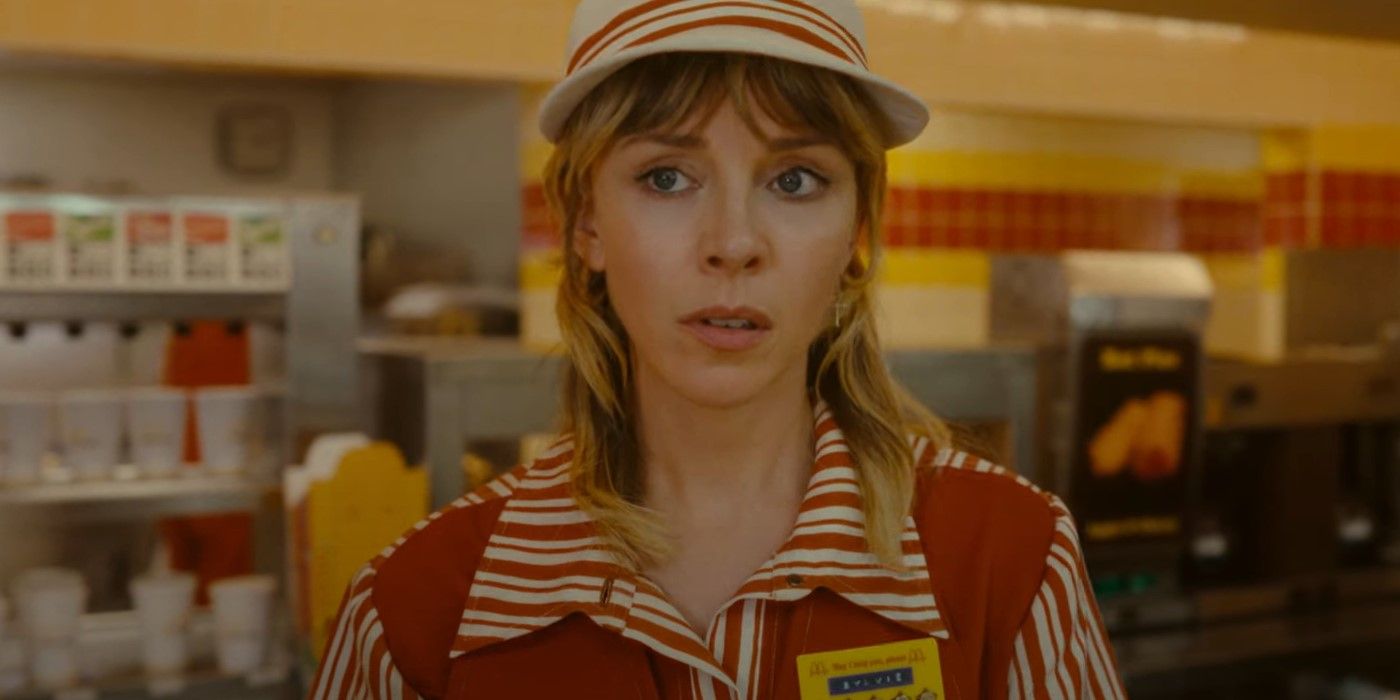
Brooklyn McDonald's Gets 1982-Style Makeover for Loki Season 2 Event
While Sylvie travels to 1982 McDonald's in the upcoming Loki Season 2, fans too can experience the same at a special event in Brooklyn.In the mid-20th Century, Ronald McDonald was not unique. There were many TV clowns, though none were ever more popular than Bozo The Clown. First introduced in 1946, he soon became a ubiquitous presence on children's television in live-action and animation into the 21st Century. Willard Scott — who worked as a local TV personality throughout the 50s and 60s — played Bozo during his final years on the air from 1959 through 1962. According to his autobiography, The Joy of Living, the job included a number of promotional visits to local McDonald's, which saw an attendant boost in sales as families came to see the popular clown. When Bozo went off the air, McDonald's wanted to keep the notion, and Ronald was born. The specifics of his origin are somewhat contested (Scott claims he invented the character wholesale, which other figures have contested), but he did what he was supposed to do. Scott played Ronald until 1966, helping McDonald's sell hamburgers during the advertising boom of the 1960s. He was replaced in 1966 by Coco the Clown but continued to play Ronald on local television shows for a time.
In the early 1970s, Ronald briefly starred in his own comic book series from Charlton Comics, whose original characters like Peacemaker and Blue Beetle are owned by DC Comics. Earlier versions of familiar characters like Birdie the Early Bird, the McNugget Buddies, Mayor McCheese, and others soon joined Ronald in TV commercials. They even appeared in a few animated specials that were sold at McDonald's locations. They also generated their share of controversy, notably when television producers Sid and Marty Krofft claimed that McDonaldland infringed upon their iconic show H.R. Pufinstuf. McDonald's lost the case — the creative theft was quite blatant — but continued to use modified versions of the characters well into the 1990s. In the process, they transcended simple marketing to become part of pop culture.
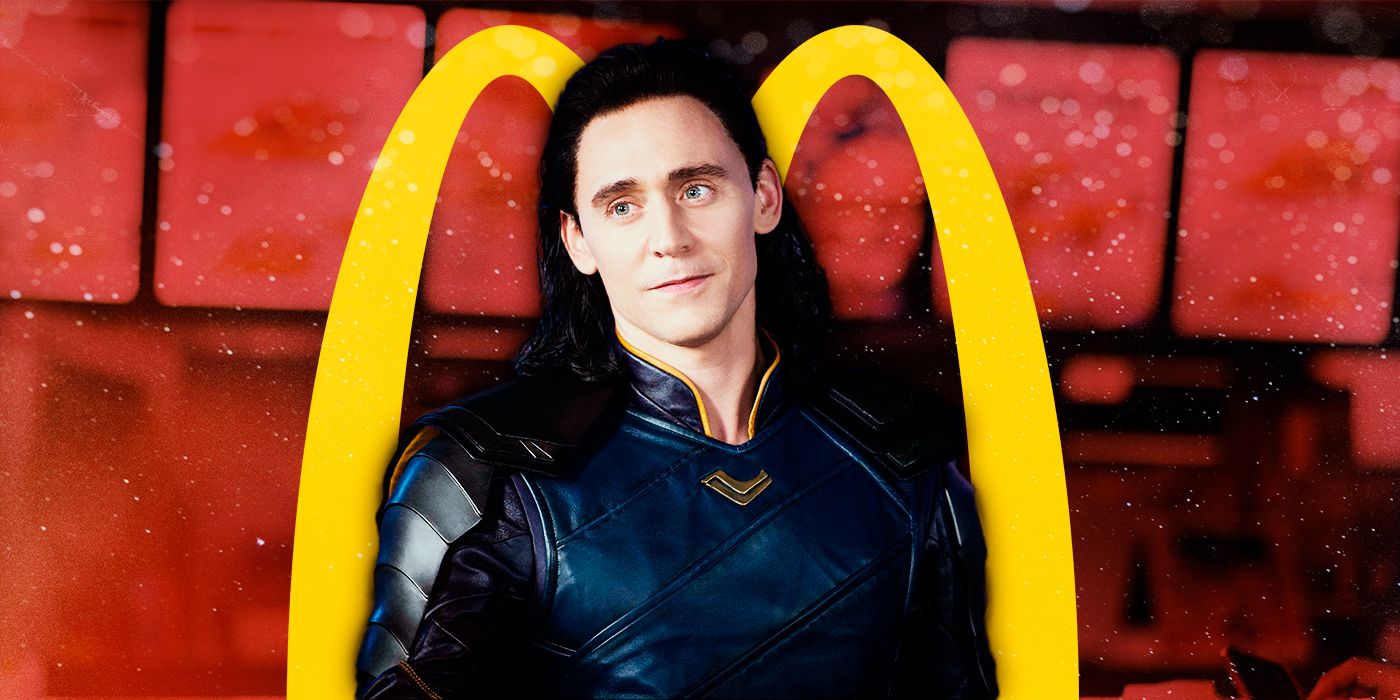
Loki Producer Breaks Down How the McDonald's Setting Came About: 'It Started With Us'
Producer Kevin Wright explains how Loki's Season 2 collaboration with McDonald's happened and what it means for the characters.However, McDonaldland came to an end in 2003. With the introduction of the "I'm lovin' it" campaign, McDonald's advertising began to focus more on adults and less on children. While Ronald McDonald continued well past that time, this virtually marked the end of the McDonaldland characters, who have appeared only occasionally since then. Ronald survived the McDonaldland purge, but his role as an advertising character meant to appeal to children became increasingly problematic. By the early 2010s, the link between fast food and high rates of obesity was widely publicized, and there was no way to deny Ronald's role in targeted ads. In a way, the yellow-suited clown was a victim of his own success. In 2011, more than 500 physicians wrote attacking the ethics and morality of using a clown character to market unhealthy food to children, according to CBS News, to say nothing of Happy Meal Toys.
When Did Clowns Like Ronald McDonald Become Creepy?
Ronald was created in the wake of Bozo when clowns were widely considered lovable and kid-friendly. Even The Joker was far more jolly than menacing during the 1950s and 60s. Yet, the public's opinions of clowns haven't exactly improved over the years, and Ronald himself didn't help matters: especially in his early days. The original commercials featuring Scott are legitimately off-putting to modern eyes, including one that parallels Stephen King's IT a little too closely. It entails Ronald introducing himself to a young boy who claims he isn't supposed to talk to strangers, only to become convinced when Ronald magically creates some hamburgers for him. Their exchange closely resembles the iconic meeting of Pennywise and Georgie Denbrough in IT, complete with the clown introducing himself to prove that they're not strangers.
That didn't get much better as traditional carnivals and circuses fell in popularity, and clowns became either cynical comedy characters or a staple of the horror genre. Along with Krusty, In Living Color introduced Homey the Clown, played by Damon Wayans, who frequently smacked the kids he was entertaining in the head with a stuffed sock. Considering the ubiquity of villains like the Joker or Pennywise, modern children are more likely to be frightened of Ronald than to be delighted by him. In 2016, McDonald's officially retired Ronald after a series of "creepy clown sightings" popped up across the United States. As they escalated from harmless sightings to reports of carrying weapons, it became an awful time to be a clown. While verifying many of the sightings is difficult, the public scare convinced McDonald's it was time to put Ronald away for a while.
What Happened To Ronald McDonald?
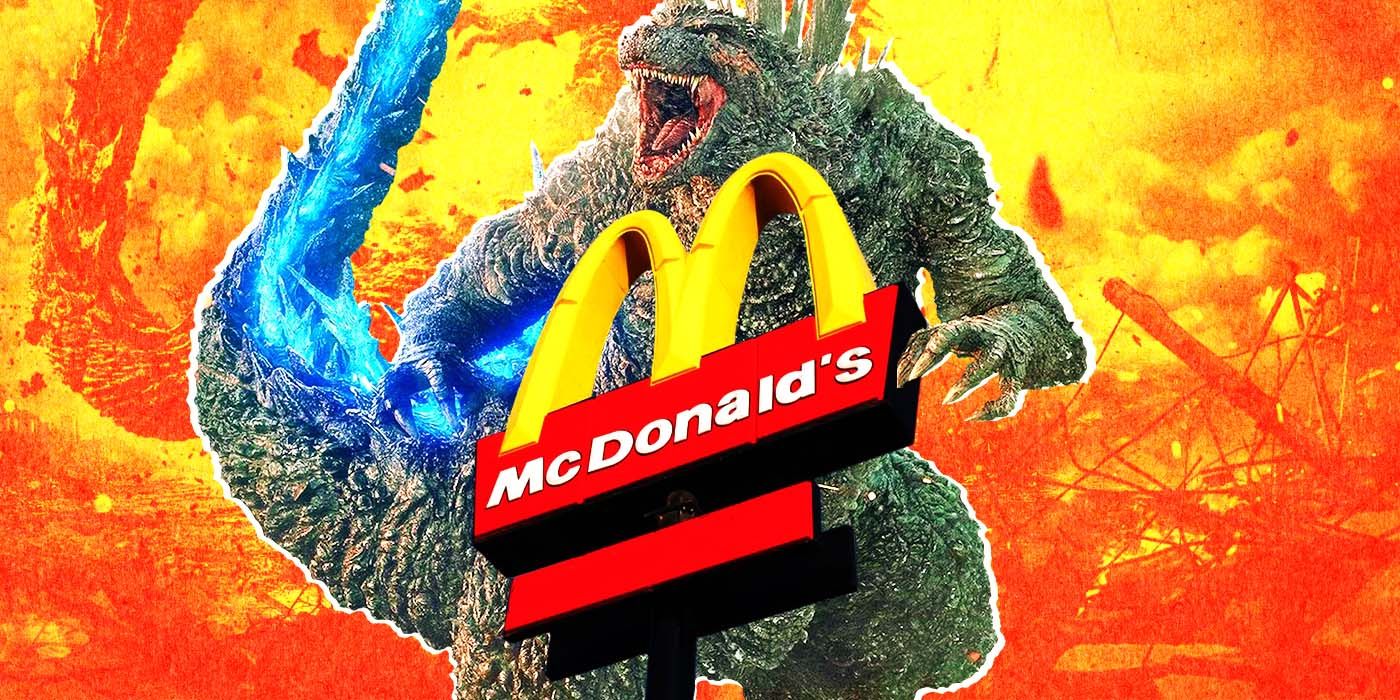
Godzilla Takes on McDonald's in Epic Kaiju-Sized Commercial
A Godzilla and McDonald's collaboration has resulted in an absolutely amazing fast food commercial.Ronald quickly became the most controversial advertising mascot since Joe Camel. Created in 1974 as the Camel Cigarettes mascot, that caricature of the company's signature camel became a sensation when he made his U.S. debut in 1988. While presumably never intended this way, Joe Camel appealed greatly to children. Smoking is obviously unhealthy, and an advertising campaign built around a cartoon character seemed to draw a lot of underage smokers, specifically to Camel cigarettes. Tobacco giant R.J. Reynolds dropped the character in 1997 after facing lawsuits, pressure from public interest groups, and even the attention of Congress.
Unlike Joe Camel, Ronald McDonald always clearly aimed at children and was the face of marketing cheap food that contributes to health problems. Because of pressure from groups like Corporate Accountability International, McDonald's slowly phased Ronald out of the spotlight. While the official reason for Ronald McDonald's absence from marketing was the creepy clown sightings, the controversy of targeting kids in advertising is likely why he remains out of the limelight. Before his retirement, McDonald's tried to modernize his look, but the effort failed to endear the character to old or new customers. McDonald's may have a better shot with Loki and Sylvie from the Marvel Cinematic Universe.
No mascot like this is ever truly dead, however. There's always the chance that Ronald McDonald can make a comeback. But, for the moment, Ronald's most active role is as the namesake of Ronald McDonald House Charities, which provides housing for families with children receiving treatment at nearby medical facilities. The character will also make appearances at public events, like the annual Thanksgiving Day parade in New York City. These appearances are often in concert with the charity rather than promoting the food franchise.

